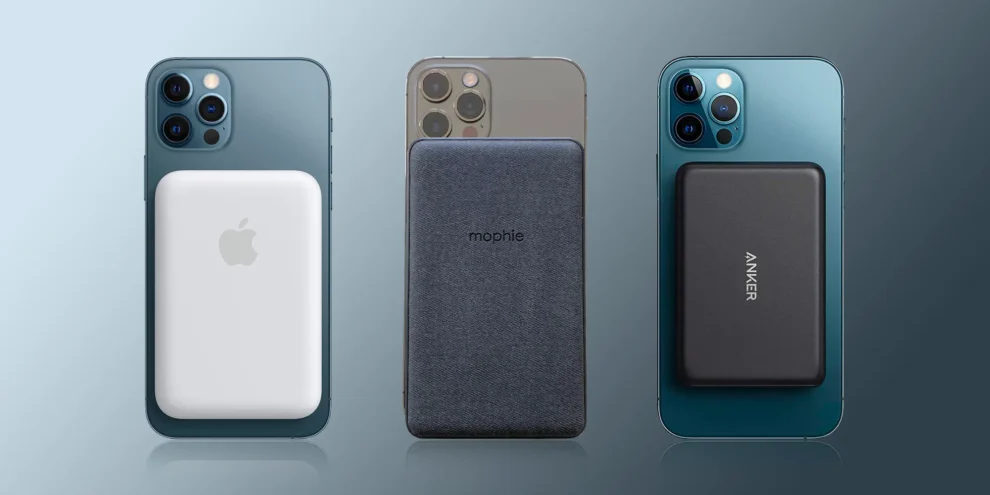In the rapidly evolving world of technology, the battle of MagSafe chargers between Anker and Apple has caught the attention of tech enthusiasts and consumers alike. Anker, known for its innovative and budget-friendly tech accessories, has introduced a MagSafe charger that rivals Apple’s own, offering a compelling choice at a significantly lower price. This news comes as a boon for iPhone users seeking affordable alternatives without compromising on quality and performance.
Key Highlights:
- Apple’s MagSafe Charger boasts up to 15W wireless charging for iPhone 12 and 13 Series, a premium design, and the ability to charge AirPods with a wireless charging case.
- Anker’s MagSafe Charger, compatible with iPhone 12 and 13 Series, offers a budget-friendly alternative with reliable performance and solid magnets, although it only supports up to 7.5W charging.
- Price comparison reveals Anker’s charger as a more affordable option, costing less than half of Apple’s offering, though with a compromise in charging speed and design sleekness.
- The Anker Magnetic Battery Pack provides higher battery capacity and nearly the same design size as Apple’s version but at a significantly lower price, making it an attractive option for budget-conscious consumers.
Apple’s MagSafe Charger: A Benchmark in Design and Performance
Apple introduced its MagSafe Charger with the iPhone 12 series, enhancing wireless charging speeds up to 15W. Its compact, lightweight design and compatibility with a range of iPhones and AirPods with wireless charging cases have made it a popular choice among consumers. Despite its higher price, the Apple MagSafe Charger stands out for its premium look and feel, offering a seamless charging experience for iPhone 8 and newer models.
Anker’s Value Proposition: Quality at a Lower Price
Anker’s entry into the MagSafe arena with its charger for iPhone 12 and 13 series presents a compelling alternative for those looking to save money without significantly sacrificing quality. Despite its limitations, such as a lower charging speed of up to 7.5W and a less polished design, Anker’s charger shines in terms of affordability and reliable performance.
Choosing Between Apple and Anker
When deciding between the two brands, consumers must consider their priorities. Apple’s MagSafe Charger is unmatched in design and offers faster wireless charging, making it the preferred choice for users who value performance and aesthetics. However, Anker’s charger represents excellent value for money, especially for those who can overlook the slower charging speed and design differences.
Beyond Chargers: The Battle of Battery Packs
The competition extends to battery packs, with both brands offering their versions for iPhone 12 and 13 series. Apple’s MagSafe Battery Pack integrates seamlessly with iOS, offering up to 15W charging with a higher-power adapter. Conversely, Anker’s Magnetic Battery Pack, with a significantly higher battery capacity at a much lower price, presents a budget-friendly alternative without compromising on essential features like strong magnets and USB-C charging.
The Anker versus Apple MagSafe charger debate highlights the broader choices available in the tech accessory market, catering to different budgets and preferences. While Apple continues to lead with its design and faster charging capabilities, Anker offers a competitive alternative that promises quality and reliability at a fraction of the cost. This development is a win for consumers, who now have more options than ever to enhance their iPhone experience without breaking the bank.








